Fire prevention week 2020: “Serve Up Fire Safety in the Kitchen!”
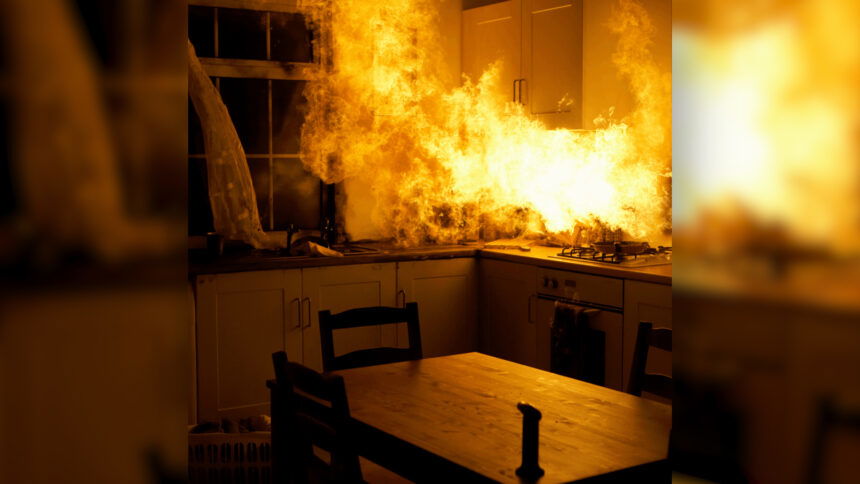
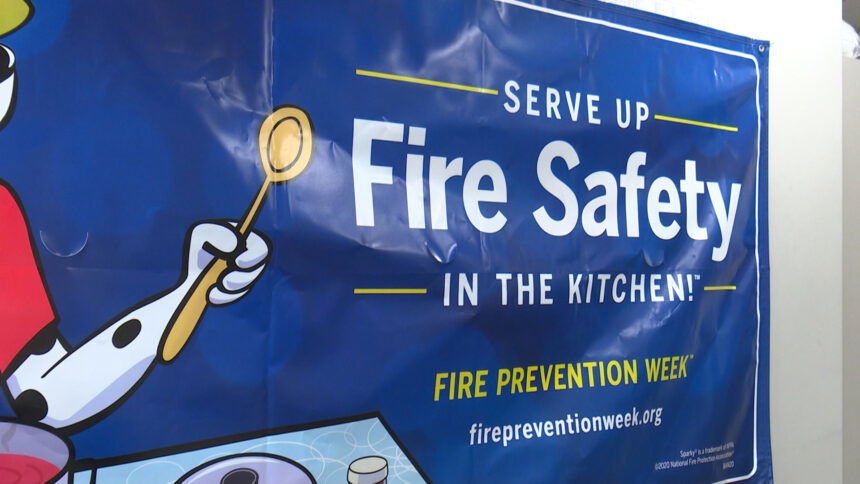
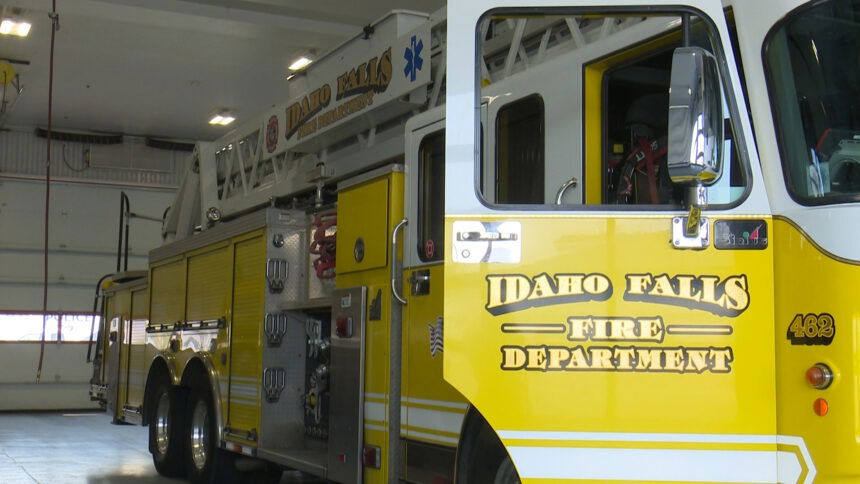
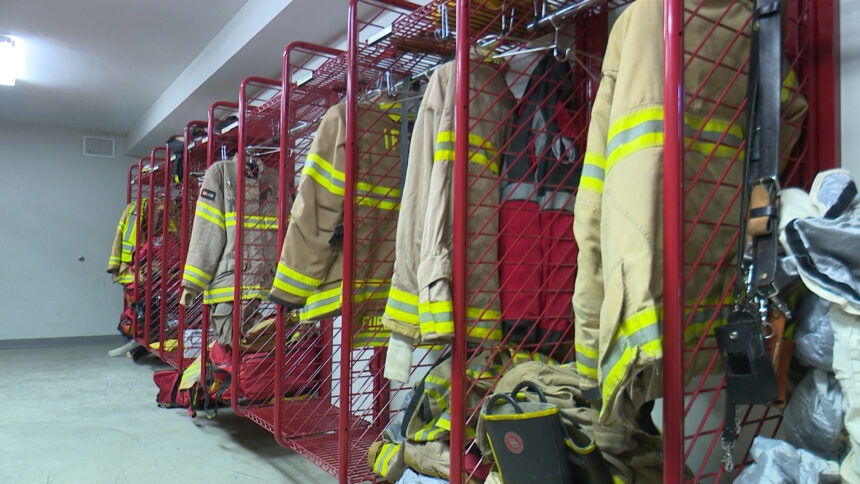
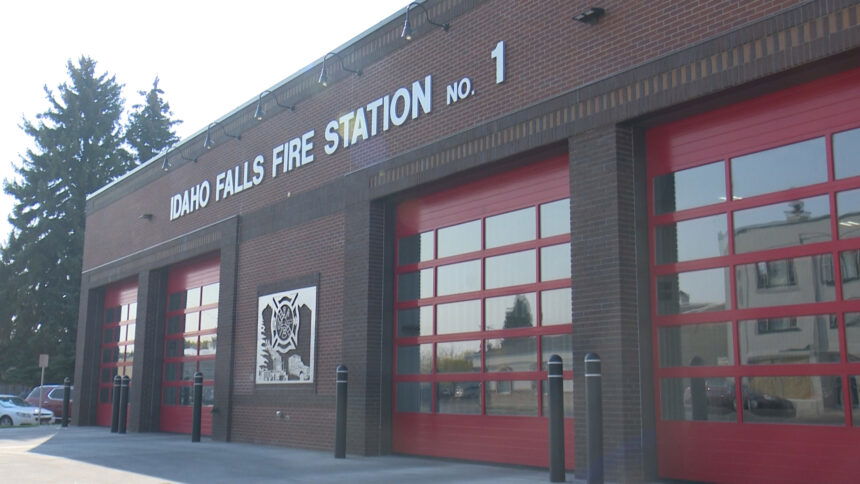
IDAHO FALLS, Idaho (KIFI/KIDK) - The Idaho Falls Fire Department (IFFD) is teaming up with the National Fire Protection Association (NFPA) to promote this year’s Fire Prevention Week campaign, “Serve Up Fire Safety in the Kitchen!”
The purpose of the campaign message is to teach the community how to handle a kitchen fire emergency in our homes.
“The reason that this is important is that it is the number one cause of fires occurring in homes in America,” Fire Marshal Scott Grimmett said.
“Typically, during fire prevention week we team up with other departments to host a community block party at station 1 as well as interact with students at each elementary school,” Kerry Hammon, public information officer for IFFD said. “This year, we are sending material to the schools for teachers and caregivers to review with children. We also have fire prevention information, games, escape plans, videos and a virtual station tour available on our website with links on our social media pages."
According to NFPA, cooking is the leading cause of home fires and home fire injuries in the United States. Almost half (44%) of reported home fires started in the kitchen. Two-thirds (66%) of home cooking fires start with the ignition of food or other cooking materials.
Prevention Captain Jon Drollinger says when you are cooking in the kitchen, it is important to never walk away from your stove.
“The number one cause of cooking fires in the home is the cooking not being attended so you need to stay present and pay attention to what you’re doing,” Drollinger said.
He says when you are baking, you need to stay in the house and set a timer to prevent your baked goods from starting on fire.
Prevention Captain Jim Newton says to be mindful of where you put your groceries.
“We don’t want to come in and put stuff on the stove for fear that if the stove is on, now you’re causing a fire in that area and it’s unattended,” Newton said.
Children are also at higher risk of becoming dangerously injured in the kitchen. The fire department recommends downloading a sticker from their website to place on your kitchen floor to ensure that your children stay at a safe distance from cooking areas that could cause life-threatening injuries.
“That’s where you want to have your 36 inch zone away from the stove and oven, to make sure that kids don’t come in and accidentally open the stove and get hit with heat or grab pans or pots and pull them over the side,” Newton said.
Kids can grab onto pot handles and pull scalding hot water onto them by accident. It is important to put boiling pots of water on the back burners of the stove. Frying pans full of grease can also seriously injure a child. Newton advices to turn handles away so they are not facing the front of the stove within easy reach of a child.
Fire Marshal Scott Grimmett also advises to never attempt to grab a pot that is on fire and take it outside.
“That can cause the fire to spread, it can also burn you and cause other injuries,” Grimmett said.
Instead, Prevention Captain Drollinger says you should always keep lids or cookie sheets near your cooking area to snuff out a fire if one occurs. Cookie sheets work well for frying pans that do not have a lid.
If the fire spreads to your kitchen cabinets, IFFD recommends using a fire extinguisher.
“Always remember to call 911 and emergency first before you move on to other things, and then have a few working fire extinguishers in your home; one in the garage, near the kitchen, and on each level of your home, Grimmett said.
Prevention Captain Newton says when using a fire extinguisher, always employ the PASS method: Pull, Aim, Squeeze, and Sweep.
He says to pull the pin, aim the nozzle, squeeze the handle and sweep the area.
As you spray, don’t aim directly into the grease because it can hit the grease and cause the fire to grow. Newton says you should pass over the general area above the major part of the fire in order to extinguish the flames.
“Safety should be at the forefront of your mind when cooking,” IFFD Fire Marshal Scott Grimmett said. “A cooking fire can grow quickly. We have seen many homes damaged and people injured by fires that could easily have been prevented.”
The following section is from the IFFD press release:
IFFD shares the following safety tips to keep you from having a cooking fire:
- Never leave cooking food unattended. Stay in the kitchen while you are frying, grilling or broiling. If you have to leave, even for a short time, turn off the stove.
- If you are simmering, baking, roasting, or boiling food, check it regularly, remain in the home while food is cooking, and use a timer to remind you that you’re cooking.
- You have to be alert when cooking. You won’t be alert if you are sleepy, have taken medicine or drugs, or consumed alcohol that makes you drowsy.
- Always keep an oven mitt and pan lid nearby when you’re cooking. If a small grease fire starts, slide the lid over the pan to smother the flame. Turn off the burner, and leave the pan covered until it is completely cool.
- Have a “kid-free zone” of at least 3 feet around the stove and areas where hot food or drink is prepared or carried.
Fire Marshal Scott Grimmett also reminds the public to check smoke detector batteries every six months. He says smoke detectors only have about a ten year life cycle and the Fire Department recommends changing detectors in your home every ten years.
“At the end of ten years, they will start to give a nuisance alarm, where they’re alarming without smoke,” Grimmett said. “It’s just reading it through the particles in the air because the detectors are saturated.”
He also says fire extinguishers have different designs for different types of fires. He recommends general ABC extinguishers (dry chemical) for home fires.
“I think the key thing is at the time change during the year, change your batteries in your smoke detectors and make sure you have working smoking detectors in your home. That’s the number one safety thing we recommend so you can be alerted and get out,” Grimmett said.
Grimmett advises if you find yourself trapped in your home while it is on fire, the first thing you need to do is barricade yourself in the furthest room in your house from the fire. He says to use blankets or towels or anything you can to shove under the door and prevent smoke from seeping into the room. He says to stay low and make your way to a window.
“The first primary way out is through a door, secondary would be a window,” Grimmett said.
He says you should plan a way to get off your roof if you find yourself trapped on the second floor, such as an emergency fire ladder. He says hanging something out of the window if you cannot get out to alert the firefighters of your location is another important step you should take.
“Some of the first things we do when we get to a fire, we’re doing our initial size up. We’re looking at the windows, for one, for smoke, but if there’s someone waving a pillowcase or anything out of the window, that’s going to draw our attention to help in that scenario first before we move on to other things,” Grimmett said.
“It’s important to get out, not go back in, call 911, and then we can go back in as firefighters if there’s other family members or pets that are unaccounted for,” Grimmett said.